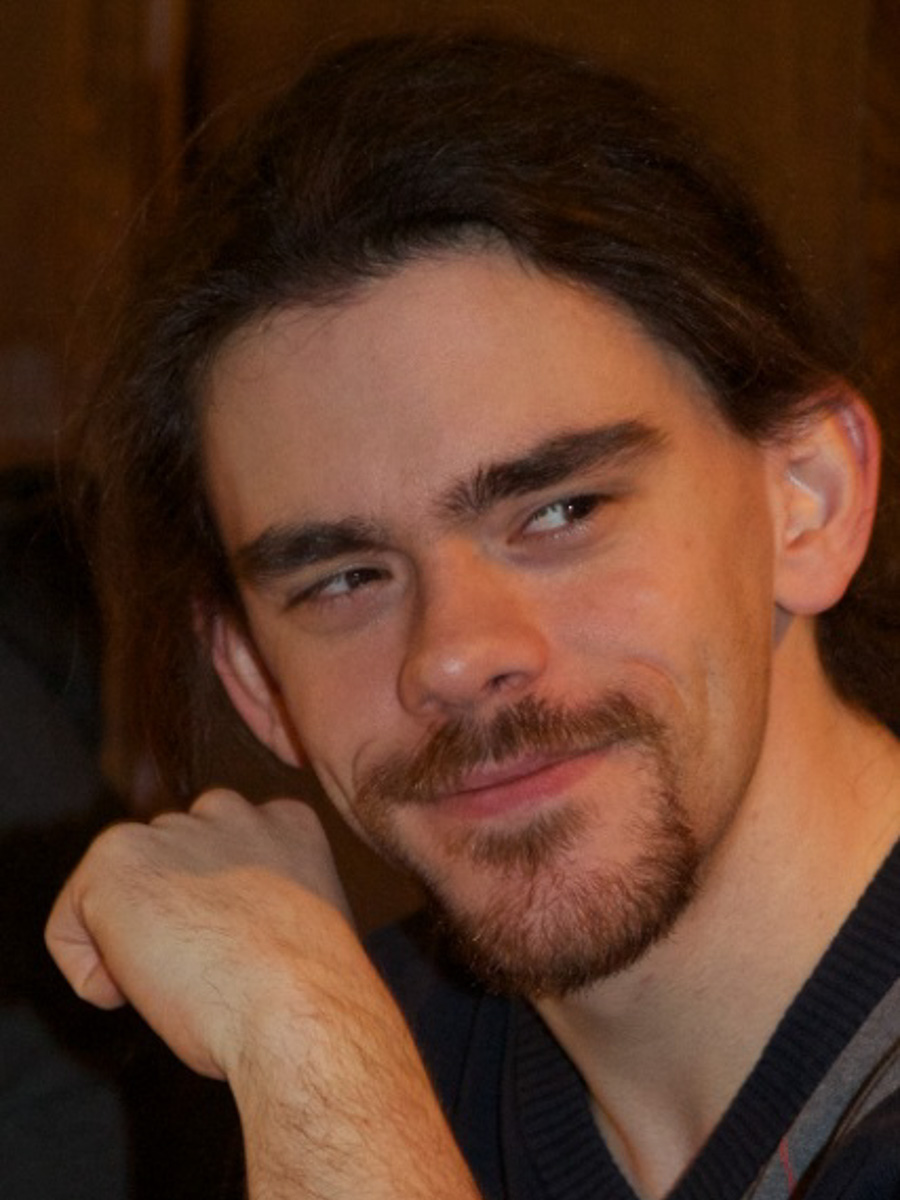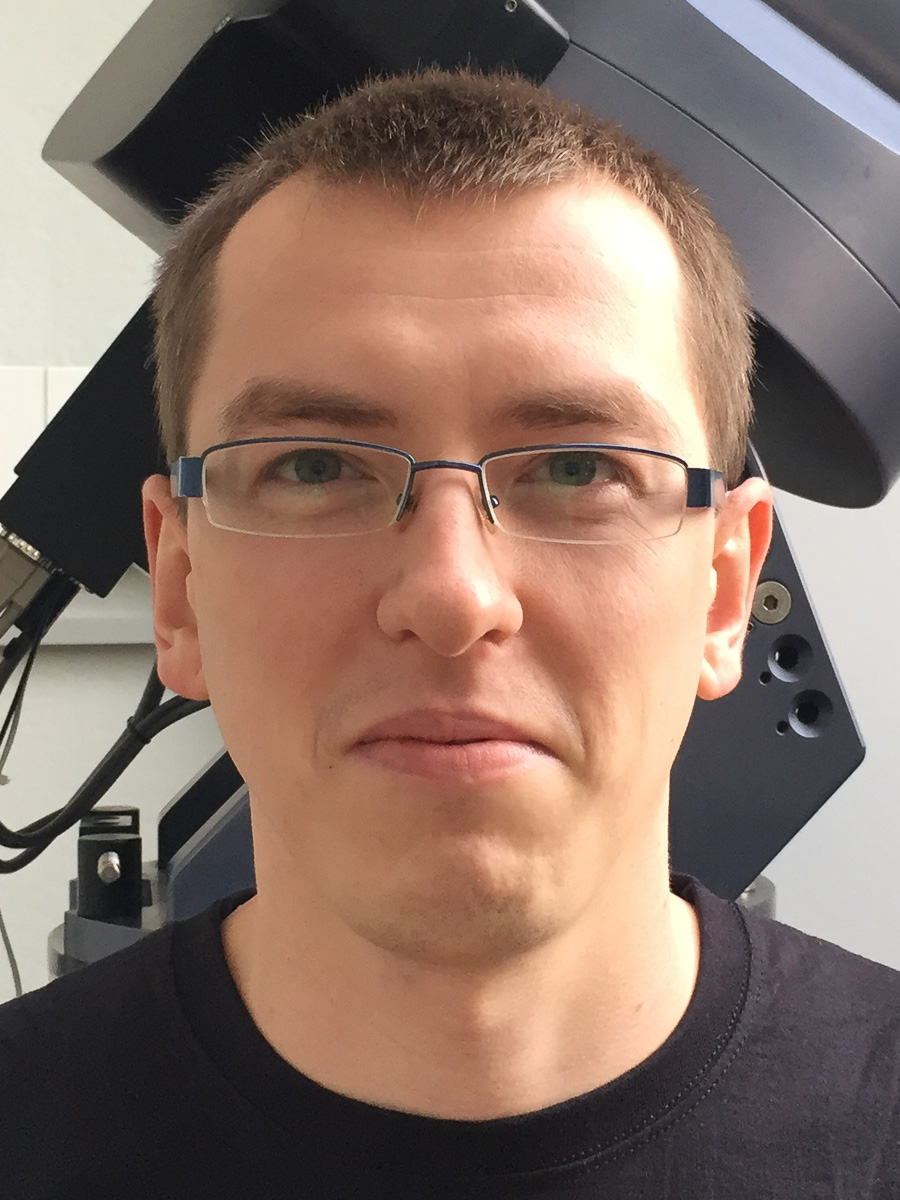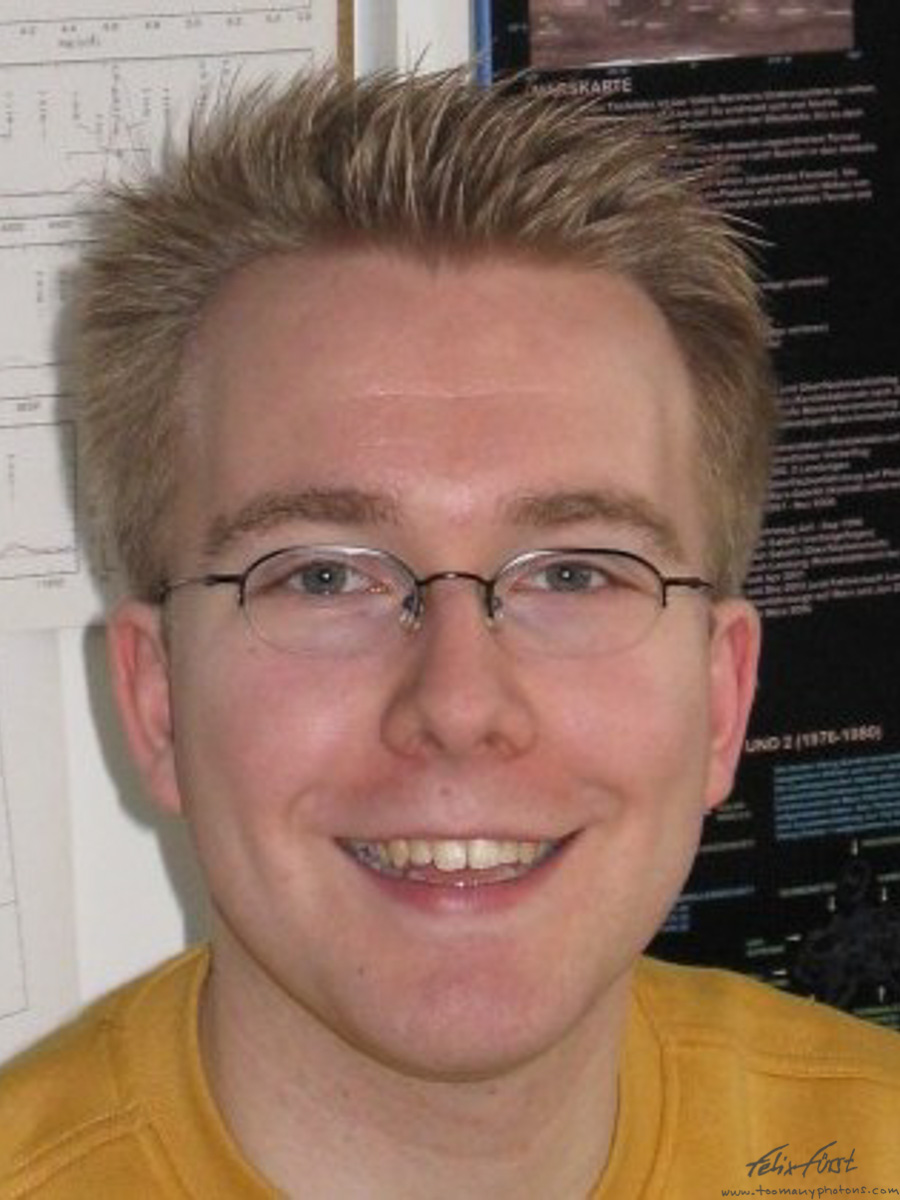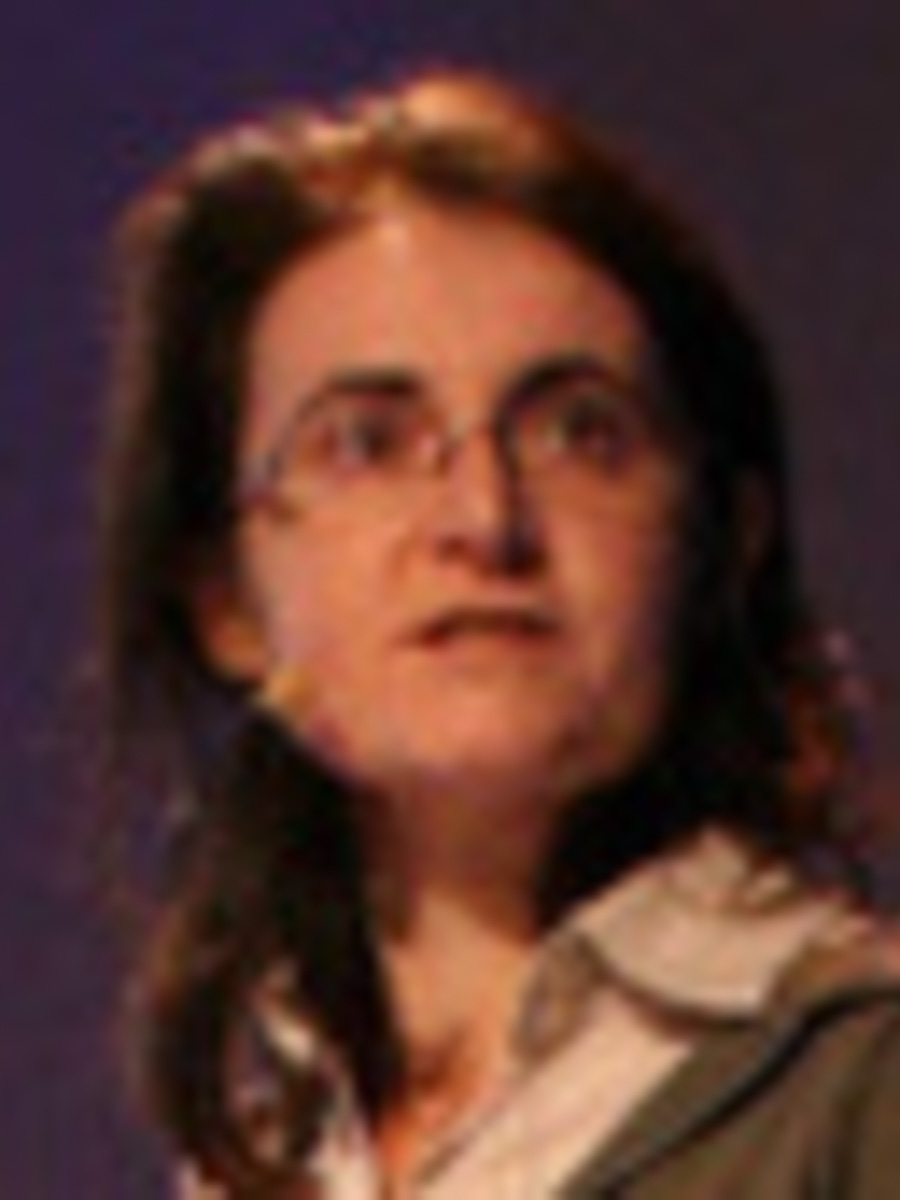Massive stars are among the most important cosmic engines: they
trigger the star formation and, together with low-mass stars, enrich
the interstellar medium with the heavy elements but on short time
scales, ultimately leading to formation of Earth-like planets and
development of life.
Among the bright X-ray sources in the sky a significant number
consists of a compact object accreting from the wind of such massive
stars. These winds are fast, with typical terminal velocities up to
2500 km/s , dense, with mass-loss rates M >10−7M⊙/yr , and driven by
line scattering of the star’s intense continuum radiation field. Good
examples are Cyg X-1/HDE 226868, the first detected stellar-mass black
hole, and Vela X-1, one of the most important accreting neutron star
binaries. While the basic picture has been established for decades,
many details are still debated.
The birth, life, and death of massive stars (M > 10M⊙) are deeply
interwoven with the evolution of star clusters and galaxies. Massive
stars generate most of the ultraviolet radiation of galaxies — the
whole Universe was reionized with the help of the first
(super)massive stars — and power their infrared luminosities. Massive
star winds and final explosions as supernovae provide a significant
input of mechanical and radiative energy into the interstellar medium,
and play a crucial role in the evolution of star clusters and
galaxies. Thus, massive stars are among the most important cosmic
engines: they trigger the star formation and, together with low-mass
stars, enrich the interstellar medium with the heavy elements but on
short time scales, ultimately leading to formation of Earth-like
planets and development of life.
Among the bright X-ray sources in the sky a significant number
consists of a compact object accreting from the wind of such massive
stars. These winds are fast, with typical terminal velocities up to
2500 km/s, dense, with mass-loss rates ≈ 10−7
M⊙/yr, and driven by
line scattering of the intense continuum radiation field of the star.
Good examples are Cyg X-1/HDE 226868, the first detected stellar-mass
black hole, and Vela X-1, one of the most important accreting neutron
star binaries. While the basic picture has been established for
decades, many details are still debated.
In 2013 and 2014 the ISSI team ”Unified View of Stellar Winds in
Massive X-ray Binaries” brought together experts in the field of
massive star winds and accreting high mass X-ray binaries. The main
goal was to bridge the gap between these two communities in order to
consolidate the understanding of fast outflows from massive stars.
Thanks to the opportunity offered by ISSI, a solid framework of
observational and theoretical results was compiled and research
activities along these lines were boosted. But at the same time, the
meetings and discussions unveiled major discrepancies between results
obtained in high-mass X-ray binaries and in isolated massive stars,
which cannot be explained by differences in spectral types. Thus,
important physical parameters controlling the wind structure are still
not sufficiently understood. This proposal aims at promoting further
tight collaborations within a reshaped ISSI team, including new team
members with expertise in fields that have been found to be missing in
the previous team, as well as debating about new observations.
Based on the findings of the first completed program, the team has
been reorganized to cover identified gaps in the expertise, namely
hydrodynamic modeling of wind accretion in HMXBs, accretion theory and
evolution of massive stars. Moreover, new data are available and in
particular simultaneous X-ray and optical spectroscopic data, that
will allow us to probe the feedback mechanisms between the X-ray
pulsar and the wind structures in sub-minute time-scales for the first
time. With the new team and the new data, we propose to
tackle the following goals:
-
Diminish uncertainties of clump properties and minimize the impact
on the estimates of mass loss rates from massive stars.
Verify in how
far the size of clumps and other macro-structures in the winds (e.g.
CIRs) can be
enhanced and/or disrupted by the presence of the neutron star.
Combining the expertise of team members Manousakis, Puls and
Sundqvist, a multi-dimensional hydrodynamic simulation of a clumped
wind interacting with an X-ray producing compact object will be
attempted. Observers in the team will participate by providing key
observational properties that such simulations should be able to
reproduce.
-
Solve the drastic discrepancy in inferred wind velocities in single
stars and HMXBs.
Ionization of the wind material by X-rays from the
neutron star was identified as the most probable cause for this
discrepancy during the first ISSI program. A code in development
(Bozzo, Oskinova) will allow to estimate the degree of ionization in
the wind as a function of the orbital properties of the binary system
and neutron star parameters (mass, radius, magnetic field intensity,
spin period, and X-ray luminosity). Observers will help testing
different code parameters against observational findings.
Update empirical tools to study stellar winds by incorporating the
findings of the above points.
Results about the presence of dense
clumps, structures, faster/slower outflows in the wind of massive
stars shall provide guidance for the production of new synthetic
spectra to be compared with observations of close-by massive stars
(for which high-quality spectroscopic data are available).Compare different models of wind-accretion (Bondi-Hoyle vs
Quasi-Spherical) with experts present.
A comprehensive empirical picture of the wind of massive stars will
provide direct constraints for population
synthesis studies.



















